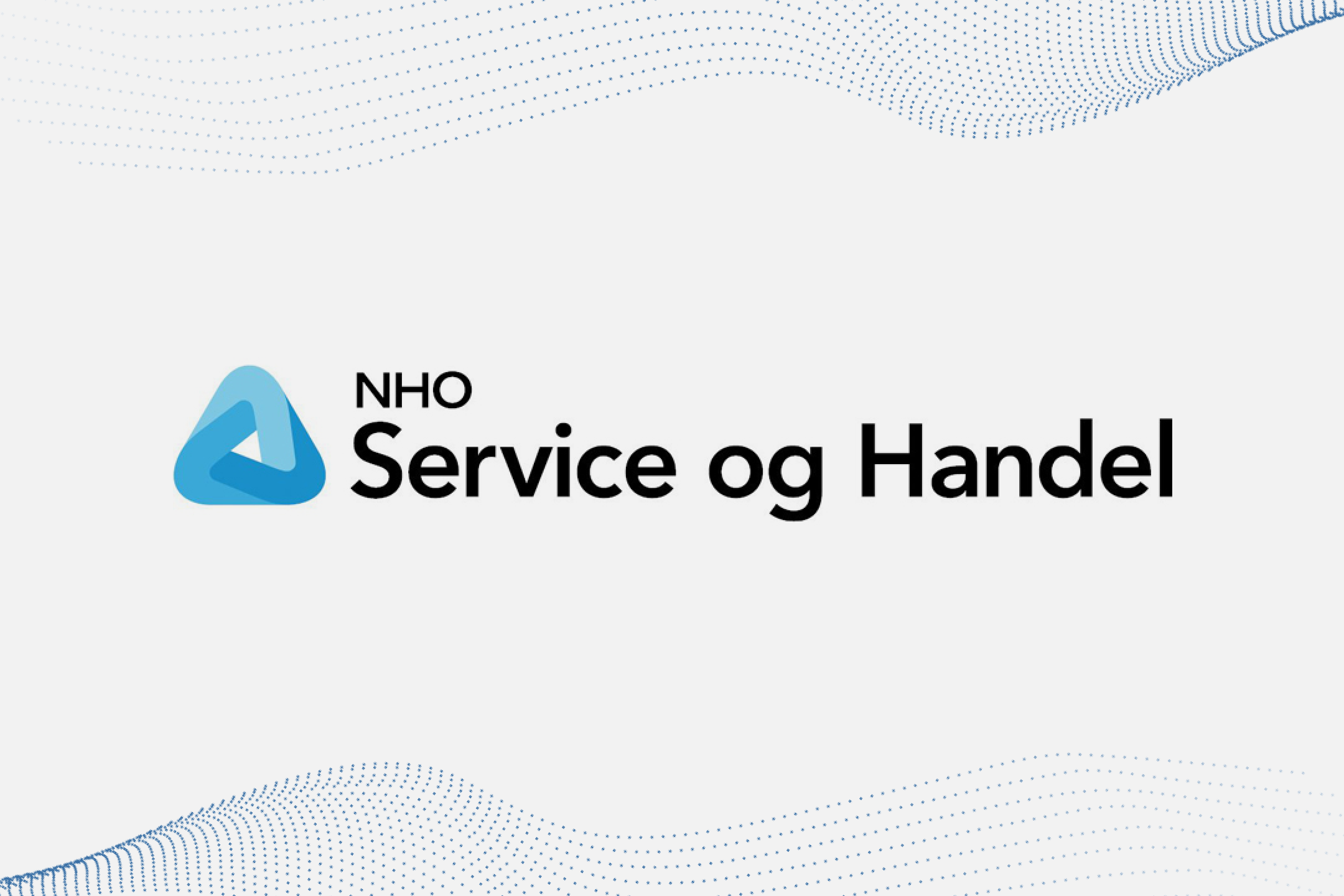Circular Food Systems
If we go back just a few generations, our food systems were fully circular. While agriculture is tied to human health wellbeing at the most basic level, it is also responsible for some of the sustainability challenges we are facing in the 21st Century. Can we learn from the past to create a regenerative future? Is it possible to move away from today’s linear food systems—built on maximising profits—and create circular ones, based on true value creation?
Photography: Kamala Bright via Unsplash
“Sweden is dependent on imports for about 50 percent of its food and nutrients,” says Elin Bergman, Chief Operating Officer, Cradlenet and Managing Partner, Nordic Circular Hotspot, Sweden. On the other hand, and with a very different strategy, neighbouring Finland has stockpiles of food that could sustain its population for about three years, according to Bergman.
Self-sufficiency does not only apply to food products at the consumer end, but also to inputs into the agricultural production. For example, Nordic countries are generally dependent on importing animal feed from other regions. Building circular food systems entails making better use of the available resources and ensuring they stay in the loop.
Circular Baltic agrifood system
Metabolic has partnered with WWF Sweden to lay out the track towards a circular Baltic agrifood system and identifying the potential for circularity in the agri-food system. The Baltic Sea is currently seeing the consequences of the linear food system, and the Baltic Stewardship Initiative is looking for opportunities for circularity within the production and consumption of food in the Baltic Sea region. Metabolic is an Amsterdam-based company committed to feeding the world within the limits of our planet. At Metabolic, Brian J. Shaw, Senior Adviser and Agrifood Team Lead, works on the development and deployment of science based targets in the agri-food system, and the diffusion of interventions at different scales for a transition towards increased system resilience and sustainability.
“We are way beyond our planetary boundary when it comes to the biochemical flows of nitrogen and phosphorous,” says Kristina AtKisson, Programme Manager, Baltic Stewardship Initiative (BSI), WWF Sweden. Unsustainable amounts (279 kilotonnes) of nitrogen and phosphorous—much of which could be recovered and reused—leak into the Baltic Sea region, which is affecting the local ecosystems and causing eutrophication. This imbalance causes algae blooms and a lack of oxygen in the water, which in turn causes loss of biodiversity and dead sea beds. Today, nitrogen and phosphorous levels are five and eight times higher, respectively, than they were 100 years ago.
Photography by Jonathan Kemper via Unsplash
Closing the loop
In order to create a more sustainable food system we need to reduce the throughput of materials and energy, and reduce the input into the industry. The circular solutions will help us make better use of the resources that are available, and help us produce more food within the ecosystems’ boundaries. There are several strategies we could adopt, to reduce emissions, increase self-reliance, conserve nature and protect biodiversity by closing the nutrients loops.
To reduce nitrogen and phosphorous leakage, we need to create closed-loop food systems. Closing the loop for nutrients is a simple, and hands-on solution to the current imbalance in the Baltic Sea. Because nitrogen and phosphorous promote plant growth, these chemicals are readily used as fertilisers. However, plants only take up about half of what is applied. The rest then is flushed away by rain water, and lands in the oceans. One way of closing the nutrient loop is simply to cycle used manure or food waste as fertiliser for plant growth. Today, only 9 per cent of nitrogen and 13 per cent of phosphorous is cycled through manure.
Norway’s “Magic Factory” (“Den Magiske Fabrikken,” in Norwegian), owned by Greve Biogass AS (Municipality of Tønsberg) and operated by Lindum AS, is an example of a closed-loop system, which takes manure and sorted food waste from households, and uses this to produce biogas—used to fuel local public transport—and green CO2—used to grow climate-neutral vegetables in a greenhouse. This circular farming approach constitutes one current megatrend of food systems built around source separated organic waste. Every year, the facility processes 120,000 of food waste and livestock manure, which produces biogas equivalent to 6.8 million litres of diesel.
Another megatrend is vertical farming—high-tech controlled-environment farming systems established in greenhouses or indoor using LED lighting, enabling food production in cities and urban areas.
“Efficient, high-tech controlled-environment farming and waste-based circular farming still have not merged together,” says Dr. Ketil Stoknes, Project Leader R&D, Lindum, Norway. “The big opportunity today is combining these two approaches.” Lindum developed the first working industrial circular system that converts food waste into fuel and new food. The waste digests to biogas, and vegetables grow on the CO2 and digester residue in a closed environment. With this circular system, the region around Tønsberg can now be part of a local cycle, where the people hand in their waste and get organic vegetables back. This gives them a whole new motivation for recycling. Currently, they are focusing on improving the system further, making it at least as productive and robust as conventional greenhouse production, all the time keeping it natural, fossil- and chemical free. Last year, Dr. Stoknes completed his Ph.D. thesis entitled, “Circular food; crops from digested waste in a controlled environment.”
This article has been written by Marie Storli and Peter Michel Heilmann based on the speeches and conversations that took place during “Circular Food Systems” session of the Nordic Circular Summit 2020.














